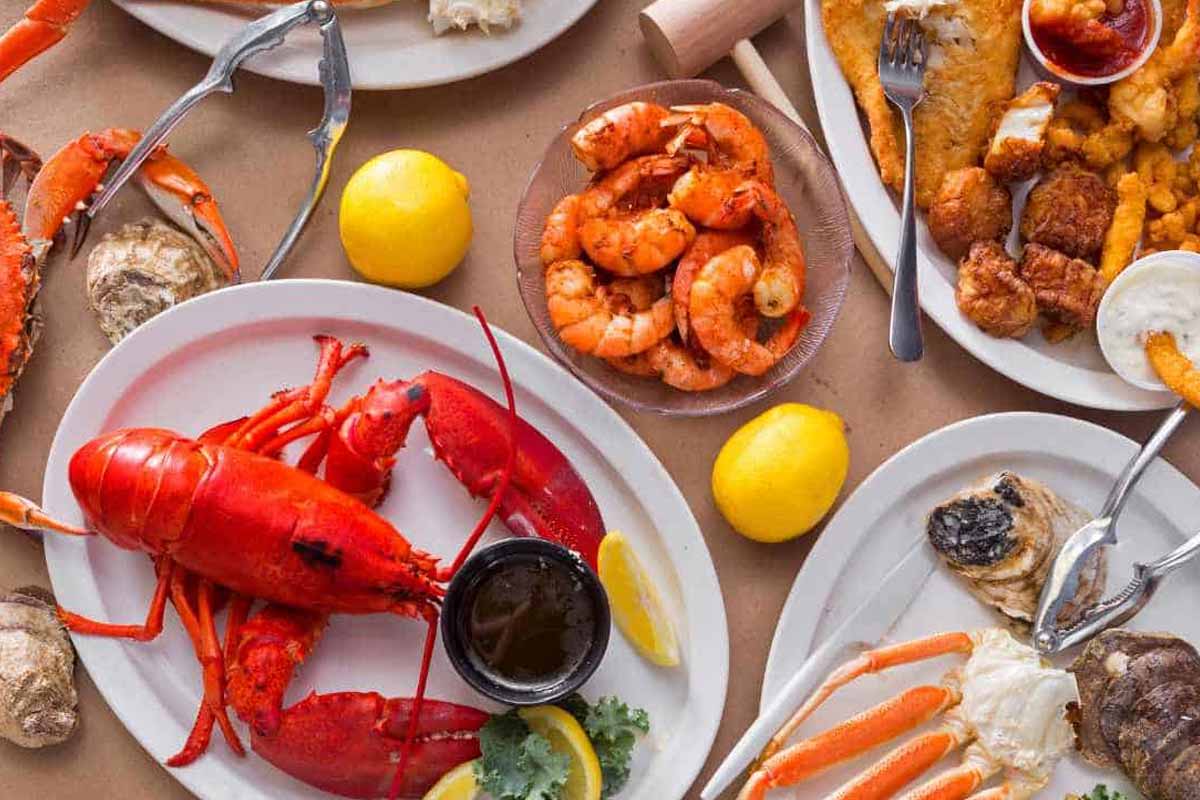America’s biggest seafood chain is wearing a new face, and it shows. You notice it in the ads, the colors, the energy. Feels familiar, but brighter. A little throwback, a little now. This seafood chain is betting on memory and flavor to pull people back to the table.
Seafood chain
Red Lobster has leaned hard into nostalgia, and people are responding with full hearts and hungry plans. Joey Fatone pops up on screen, cracks a grin, and suddenly a whole era comes rushing back. Popcorn shrimp returns. Hush puppies, too. The message lands without a speech: we remember what you loved. That mix of retro comfort and modern polish gives the brand a warmer pulse. Fans say the vibe feels like Saturday nights again loud chatter, quick laughs, a plate that tastes like home. It’s not just a campaign; it’s a welcome back. And for a seafood chain, that blend of memory and appetite can be rocket fuel.
Deals with Bite, Not Gimmicks
The menu tweaks read like a friendly wink. Shrimp deals at $19.99. Lobster rolls sitting at twenty bucks. Boils that arrive steaming, stacked with flavor and zero pretense. The team even reworked that all-you-can-eat idea that hurt the bottom line, swapping in an Ultimate SpendLESS Shrimp special that makes more sense. You get value without the accountancy headache. A young CEO, Damola Adamolekun, is steering the ship with a steady hand and a quick pivot when needed. The marketing looks sharper, yet it still feels human. You can taste the intention in the plate and see it in the pricing board. For a seafood chain, that’s how trust gets rebuilt, one honest deal at a time.
Nostalgia, but Make It Work
Brand folks have a name for what’s happening: a clean hit on memory and belonging. Bring back a dish someone loved in their twenties, and you’re serving more than food. You’re serving a story. People show up for that. The Joey Fatone twist only deepens the hook, stitching pop culture into the plate. You watch the spot, you smile, you crave something fried and perfectly salty. That’s not an accident. Experts call it emotional linkage; diners just call it a good night out. The trick is staying current while you nod to the past. A seafood chain can’t live on throwbacks alone, so Red Lobster threads in new flavors, fresh copy, and a tone that feels like friends texting each other dinner plans.
Resilience on the Plate
There’s another layer to this comeback tale. Bankruptcy headlines made the rounds in May 2024, and closures followed. Hard news, no way around it. Yet the core stayed put, tight and determined, with hundreds of dining rooms still setting tables. The brand tightened pricing, trimmed what didn’t work, and spotlighted what did. Guests noticed. Shrimp nights got chatter. The lobster roll gained its own little fan club. Meanwhile, a different brand’s logo drama reminded everyone what happens when you edit out soul. Red Lobster took the opposite route and doubled down on feeling. That choice shows up in every small detail, how the menu reads, how the dining room hums, how the team talks about value. In the end, flavor decides the verdict. If the plate sings, the room fills. If the room fills, the story turns upbeat. That’s the path you hope for any seafood chain finding its way forward. And for this one, the claws sure look ready for another round.
